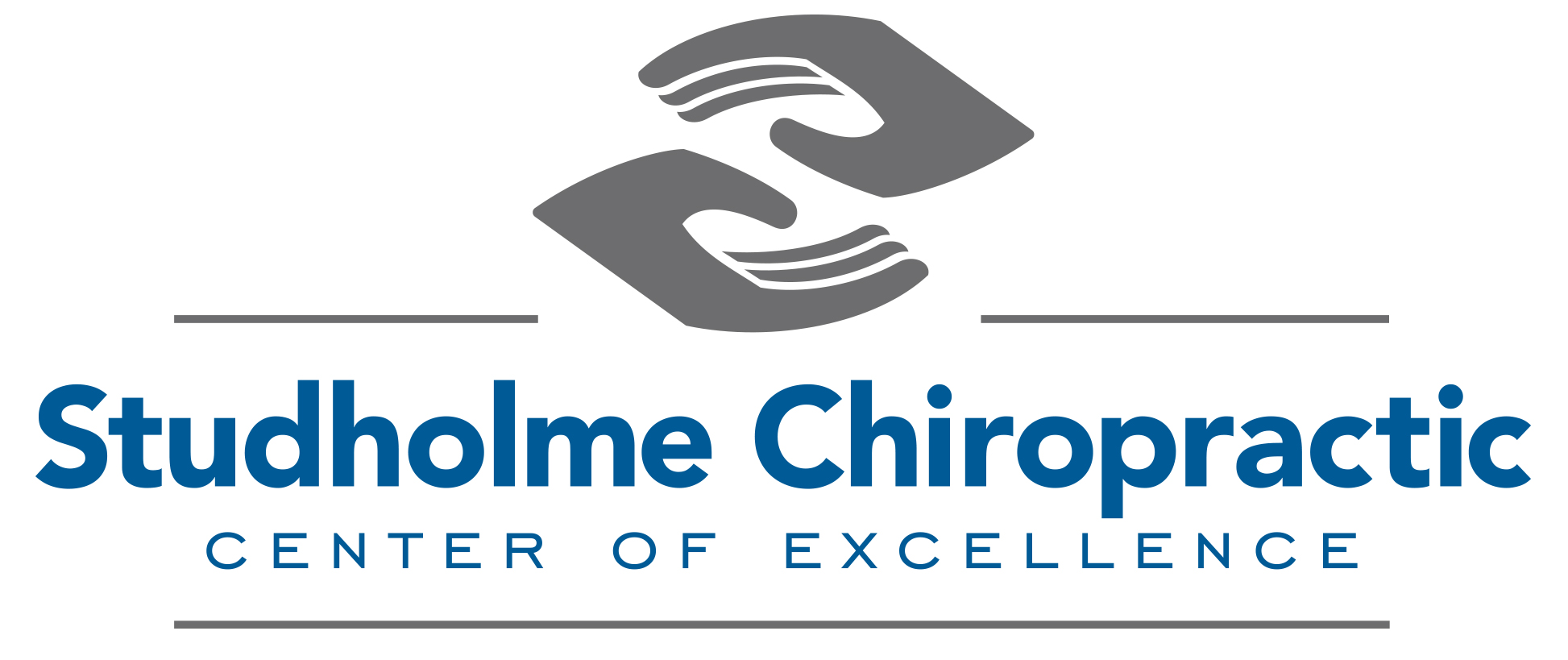How Neck Pain and Your Eyes are Connected
Ever consider that your eyes could be the underlying cause of your chronic problems?
Believe it or not, your chronic neck pain, balance issues, dizziness, or headaches might be a result of abnormal eye movements. If you treat these issues without addressing the underlying cause (abnormal eye movements,) you may miss key information for a successful treatment. This information is crucial when evaluating patients in my office. The only way to know if your problem is eye-related is to do VNG testing.
What is VNG (Videonystagmography)?
VNG is an infrared video eye tracking camera that allows us to measure and analyze eye movements. Traditionally this technology is used to help diagnose and direct treatment for dizziness. Many people suffer from dizziness. One of the most common forms of dizziness is called BPPV (Benign Paroxysmal Positional Vertigo). BPPV can come on out of nowhere and is traditionally defined by dizziness and vertigo. It can stop spontaneously after a few minutes or with a change in head position.
Although we use the VNG to help vertigo for our patients, we can also use it for many other conditions too. After a concussion, motor vehicle accident, head trauma, or whiplash we often see the eyes begin to track abnormally. The challenge is you would never know that your eyes are not tracking properly.
Eye tracking disorders don’t always manifest as visual disturbances but often as neck pain, headaches, dizziness, or motion sickness.
For example, if your eyes are moving improperly, the brain will try to stop unnecessary eye movements. It might tighten the neck and prevent the head from moving too much. The goal of tightening the neck is to remove unnecessary eye movements. The net effect of trying to minimize these eye movements can lead to chronic neck pain and shoulder pain, headache,
fatigue, dizziness, vertigo, and even balance issues.
Unfortunately, this typically goes undiagnosed and no amount of adjusting, dry needling, or any other treatment seems to help. Sometimes it can even make things worse.
Fortunately, many of these conditions can be improved and often fixed with simple eye exercises!
In the first video you will see what a “normal” eye tracking movement looks like as the eye is following a dot left to right. Notice the smoothness and lack of eyelid movement.
In the second video is an example of a post-concussion patient who is suffering from headaches and fatigue. You’ll notice that he is also following a dot moving left and right like the first video. This test is so difficult and fatiguing for this patient’s nervous system that you’ll see he closes his eyes and temporarily is unresponsive, as if he was falling asleep. Imagine the consequences of this happening constantly as his eyes follow cars, people, TV, or anything else in motion around him. The good news is with appropriate eye-based rehab, we are able to really help this patient and allow him to feel significant improvements.
This is only one of many scenarios where checking the patient’s eyes lead to a solution when everything else had been tried.
